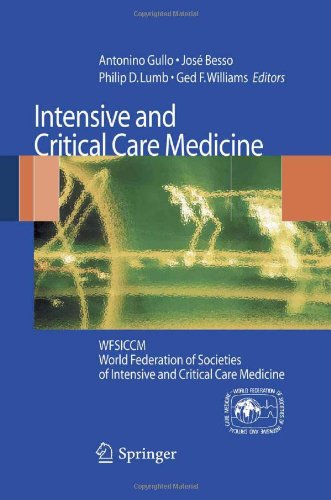

Most ebook files are in PDF format, so you can easily read them using various software such as Foxit Reader or directly on the Google Chrome browser.
Some ebook files are released by publishers in other formats such as .awz, .mobi, .epub, .fb2, etc. You may need to install specific software to read these formats on mobile/PC, such as Calibre.
Please read the tutorial at this link: https://ebookbell.com/faq
We offer FREE conversion to the popular formats you request; however, this may take some time. Therefore, right after payment, please email us, and we will try to provide the service as quickly as possible.
For some exceptional file formats or broken links (if any), please refrain from opening any disputes. Instead, email us first, and we will try to assist within a maximum of 6 hours.
EbookBell Team

5.0
68 reviewsThe focus of this volume endorsed by World Federation of Societies on Intensive and Critical Care Medicine is the "state of the art" of Intensive and Critical Care Medicine as well as new insights into basic science, clinical research and therapeutic interventions. Structured in four parts, the volume opens with few chapters devoted to the beginning and development of the WSICCM, to procedures standardization, recommendations and quality of care improvement, with particular reference to the definition of clinical governance, professionalism and ethics. In the second part, the authors describe the practical clinical approach to critical illness; among the topics dealt with, the reader will find monitoring and management of shock states; acute pain management, airway management, ALI/ARDS and protective lung ventilation; the problem of weaning; antibiotics policy, sepsis and organ dysfunction. The third part of the book is related to some special conditions of countries with limited resources, such as management of obstetrics at high risk, malaria; AIDS, blood transfusion and its components. The last part of the book is structured to present some crucial issues of the intensive and critical care arena, in particular evidence-based practice, the role of the e-distance learning for information and the promotion of CME programs; last but not least, trauma care, disaster and natural disaster medicine are also discussed; a final chapter on the Guidelines of the World Health Organization (WHO) on Disaster Medicine is included.
Comprehensive though easy-to-consult, updated and written by world-renowned experts, the volume will be a very useful tool in the daily practice of all health professionals working in the intensive and critical care environment.